The sticky rice was washed carefully, the mung beans had been soaked since yesterday, and the banana leaves had been wiped clean and placed neatly on the tray. The scent of the sticky rice mixed with the scent of the banana leaves, creating a faint, familiar fragrance of the old death anniversaries. Everyone sat together, wrapping cakes and telling stories.
“In the past, whenever a family had a death anniversary, the whole neighborhood would come to help. The children and grandchildren in the family gathered together, it was as joyful as a festival,” Aunt Tu recalled while stroking banana leaves.
In recent years, the death anniversaries are not as crowded as before, and it is difficult for the children and grandchildren in the family to come back because they work far away, but my mother and aunts still keep the habit of wrapping banh chung. My mother and aunt are over 80 years old this year. Sometimes when we see the elders working hard to peel leaves, clean beans, and cook the filling, we "discuss": "Why are you doing it so hard, Mom? Let's go buy some to make it faster!"

But Mom still has a reason to make cakes every time there is a death anniversary: “Never mind, it’s hard but fun. I wrap it so that my children and grandchildren will know, and if they want to make it later, they can do the same.” Mom said that the cakes bought at home don’t taste as good as the ones we make at home. But making cakes is so that we can sit together and chat about family, hometown, and past death anniversaries…”
Usually, the cakes are wrapped a day before the death anniversary so that they will be more delicious when they are first taken out. At 4am, my mother gets up to cook the mung bean filling. My family wraps vegetarian cakes, with only mung bean filling and cakes without filling, with sticky rice mixed with peanuts.
Peanuts need to be cooked for a long time to be soft and delicious. So, in the past, every time I made cakes, my mother would prepare the peanuts the night before. Now, thanks to the pressure cooker, I can just put the peanuts in the pot and cook, no need to sit and watch the fire anymore.
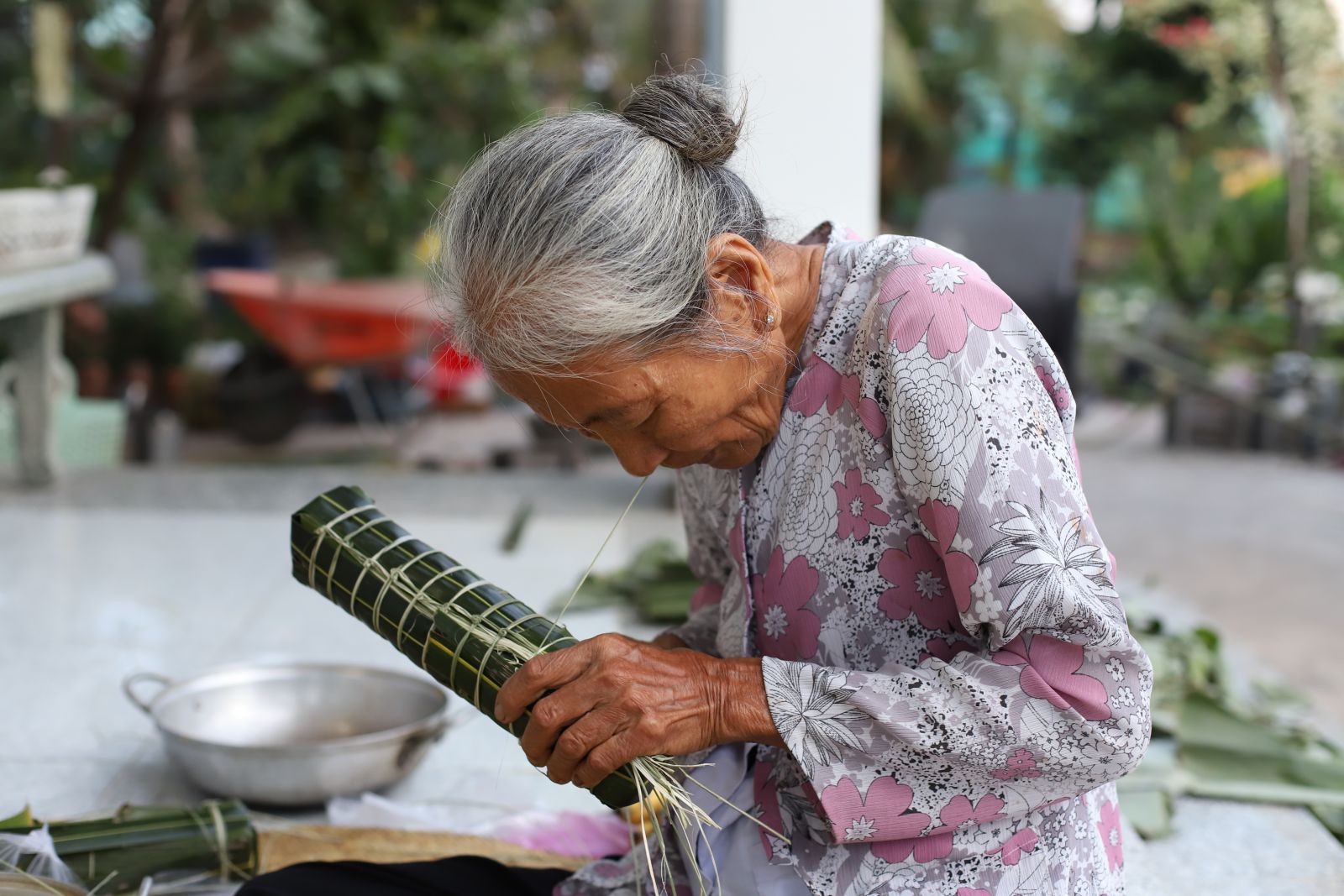
My mother and aunt packed 5 packages, I sat down to tie the cake. While doing it, my mother said as if instructing: "The cake must be tied tightly, if it is too loose, the string will slip off when cooked, and the cake will not be flexible". In the past, the string used to wrap the cake was split from bamboo; in recent years, my mother has planted more bamboo bushes in the backyard, splitting them to make string to wrap the cake, which is faster and safer than using nylon strings like those used in the market.
Mom and aunt’s wrinkled hands carefully shaped each cake. Auntie wrapped and talked about the past. In the 80s and 90s, life was full of hardship and deprivation. Every time there was a death anniversary, grandma had to prepare everything in advance.
“In the past, we didn’t have the money to buy everything at the market like we do now. My grandmother had to prepare everything. From sticky rice to green beans and peanuts, my grandmother and a few aunts would plant and store them there, and take them out on the anniversary day. Now, we can buy anything we want easily, without having to prepare it in advance,” my aunt Nam recounted.
Chatting about all sorts of things, 5 kg of sticky rice was also wrapped into nearly 20 banh tet loaves. Grandma’s big aluminum pot was brought out, cakes and water were added, and placed on the wood stove. I remember when I was little, on death anniversaries like this, we kids were also assigned the task of watching the banh tet pot. Occasionally, Grandma would stop making the bitter melon stew, come in, lift the lid of the banh tet pot, sometimes turning the cakes, sometimes adding more water. While watching the cakes, the whole group often played games like hopscotch, hit the chopsticks, hide and seek... around there.
There was also a time when my grandmother gave us some last-season cashew nuts that were left in the garden. So, we happily watched the cakes, roasted the cashew nuts, and eagerly awaited the anniversary when we would be able to eat banh tet, stewed bitter melon, and jelly made by Aunt Tam with all kinds of flowers and shapes... things that we never had on normal days.
“Remember to watch the fire so it burns evenly, okay? Don’t be too playful, if the fire goes out, the cake won’t be delicious. Remember to remind grandma to add water, if it burns, there won’t be any cake to offer to our ancestors. Don’t open the pot lid, the hot steam will rise up and you’ll get burned, which is terrible,” grandma reminded us while teaching us how to cook the cake.

More than 30 years have passed since my grandmother left, but the fire in the kitchen is still red every death anniversary. That tradition is still here, still in the fragrant smell of cooked sticky rice, in the chattering stories of those who stayed behind…
When the cake was done, my mother prepared a basin of cold water. I scooped the cake out and soaked it for a bit, then hung it on a pole to drain all the water from the cake. Wrapping the cake was really hard. Maybe that’s why fewer and fewer people wrap it on death anniversaries. But I suddenly realized that the banh tet is a symbol of family affection, a bond connecting generations in the family.
As I was cutting the cake and placing it on the altar for my grandmother, I suddenly remembered a piece of good news: the cake with sticky rice, rich beans, and fragrant meat was listed in the top 100 best rice dishes in the world. Banh tet is associated with my childhood, with the days of gathering with my family, and now has a place on the international culinary map. For me, it is not just a dish but also a memory, a tradition, a family warmth during the death anniversary season, where everyone sits together, whether near or far.
Hoa Khang - Khai Tuong
Source: https://baotayninh.vn/banh-tet-huong-vi-gia-dinh-trong-ngay-gio-a188200.html


![[Photo] Looking back at the impressive moments of the Vietnamese rescue team in Myanmar](https://vstatic.vietnam.vn/vietnam/resource/IMAGE/2025/4/11/5623ca902a934e19b604c718265249d0)

![[Photo] "Beauties" participate in the parade rehearsal at Bien Hoa airport](https://vstatic.vietnam.vn/vietnam/resource/IMAGE/2025/4/11/155502af3384431e918de0e2e585d13a)






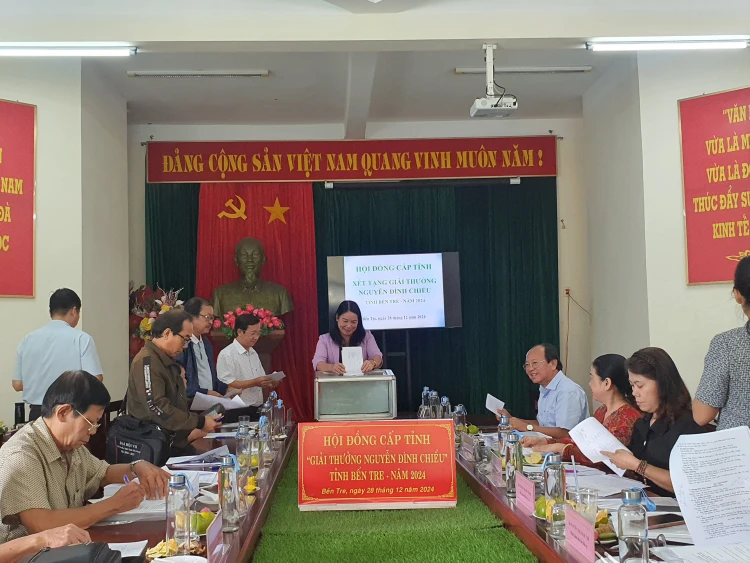




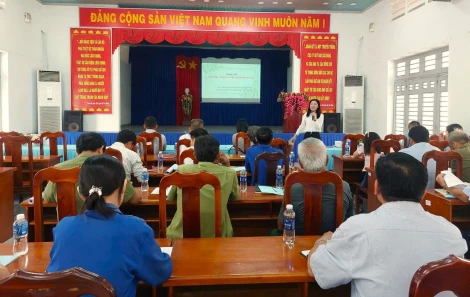
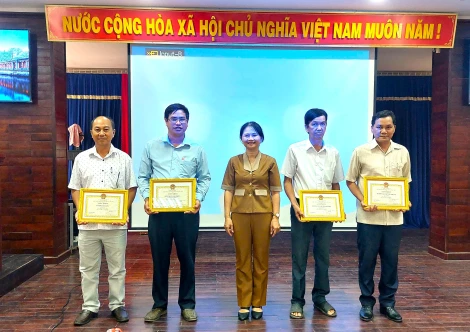
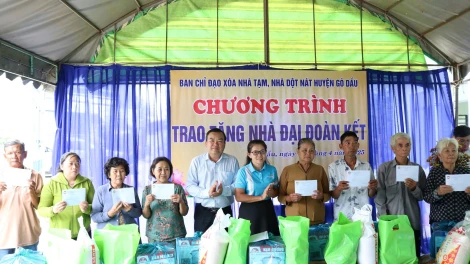


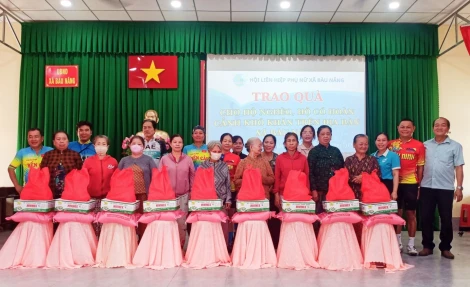
![[Photo] Summary of parade practice in preparation for the April 30th celebration](https://vstatic.vietnam.vn/vietnam/resource/IMAGE/2025/4/11/78cfee0f2cc045b387ff1a4362b5950f)













































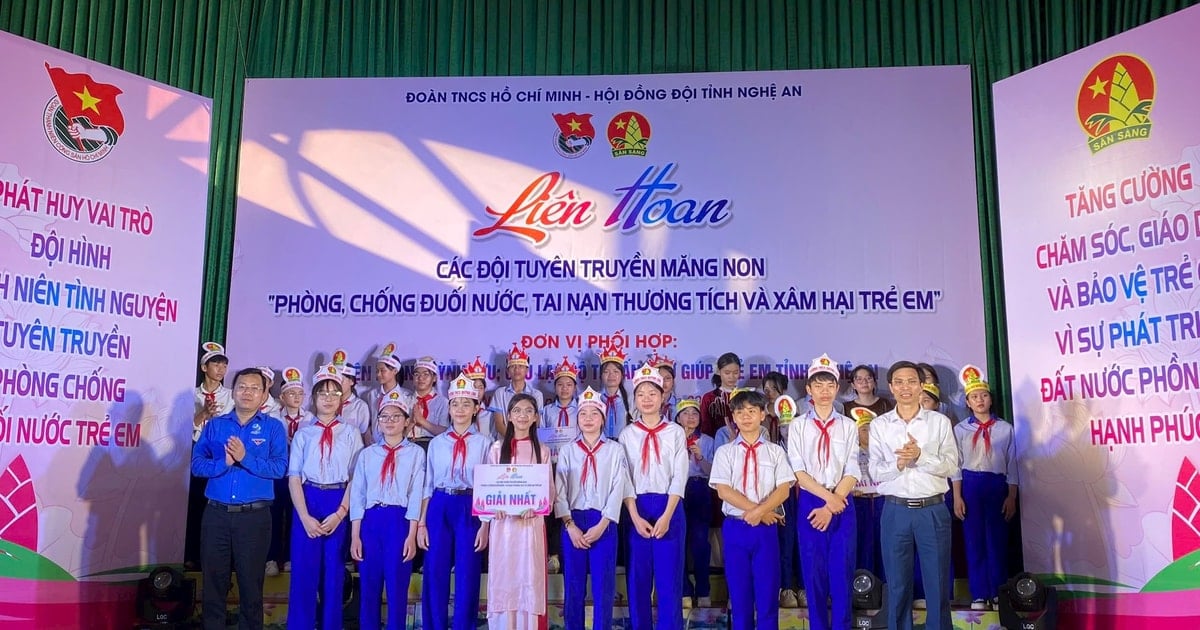



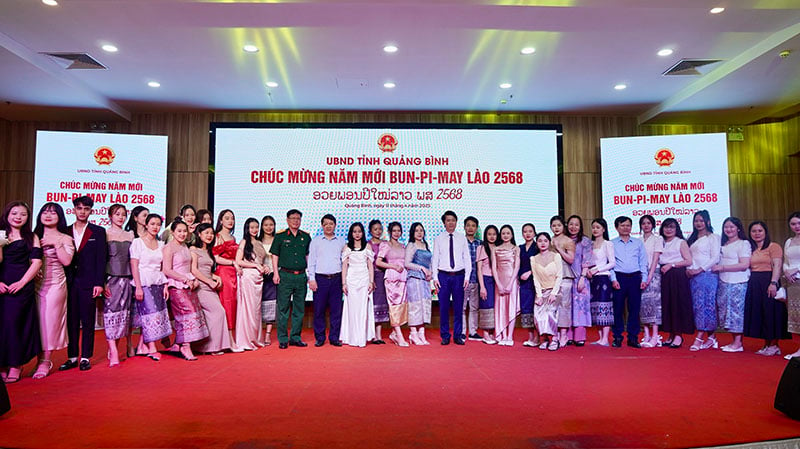












Comment (0)